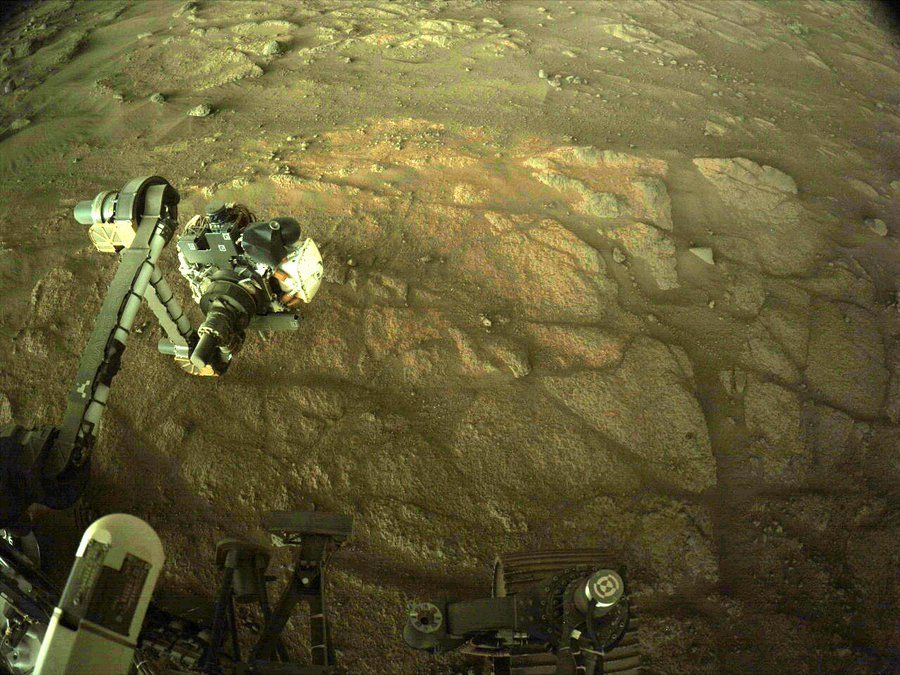Space agency NASA’s ‘Perseverance’ rover sent back images of a 3.7-billion-year-old ancient river delta that scientists believe would serve as clues to investigate signs of ancient human life on the red planet, said a study said. The snaps sent by the rover reveal a complex structure of a dried-up river delta that give insights into the planet’s now vanished water cycle.
The Perseverance rover collected the images from Jezero crater, where scientists suspected a long-gone river once fed a lake, depositing sediment in a fan-shaped delta visible from space. The study in Science analysed high-resolution images captured by Perseverance of the cliffs that were once the banks of the delta.
Also Read: ‘Planet Nine’ likely exists in solar system and astronomers know where to look
NASA‘s astrobiologist Amy Williams and her team found similarities between features of the cliffs seen from the crater floor and patterns in Earth‘s river deltas.
“From orbital images, we knew it had to be water that formed the delta,” Williams said in a press release.
“But having these images is like reading a book instead of just looking at the cover,” she added.
According to the study, the shape of the bottom three layers showed a presence and steady flow of water in the past on the surface of Mars. This indicates that Mars was “warm and humid enough to support a hydrologic cycle” about 3.7 billion years ago.
The top layer, which also is the most recent one has boulders measuring more than a metre in diameter scattered about on the surface, which scientists believe was probably carried there by violent flooding.
Also Read: Russian crew arrive at International Space Station to shoot first film in orbit
The newly captured images will also give scientists an idea of where to best look for samples to establish whether or not human life existed on Mars in the past.
As per the study, it is the base layer likely to be the target of regressive sampling and research for the signs of extinct human life, if ever existed, due to the presence of fine-grained sediment.
Launched in July 2020, Perseverance Rover aims to search for signs of ancient microbial life to advance NASA’s quest to explore the past habitability of Mars. The rover has a drill to collect core samples of Martian rock and soil, then store them in sealed tubes for pickup by a future mission that would ferry them back to Earth for detailed analysis, said NASA.







